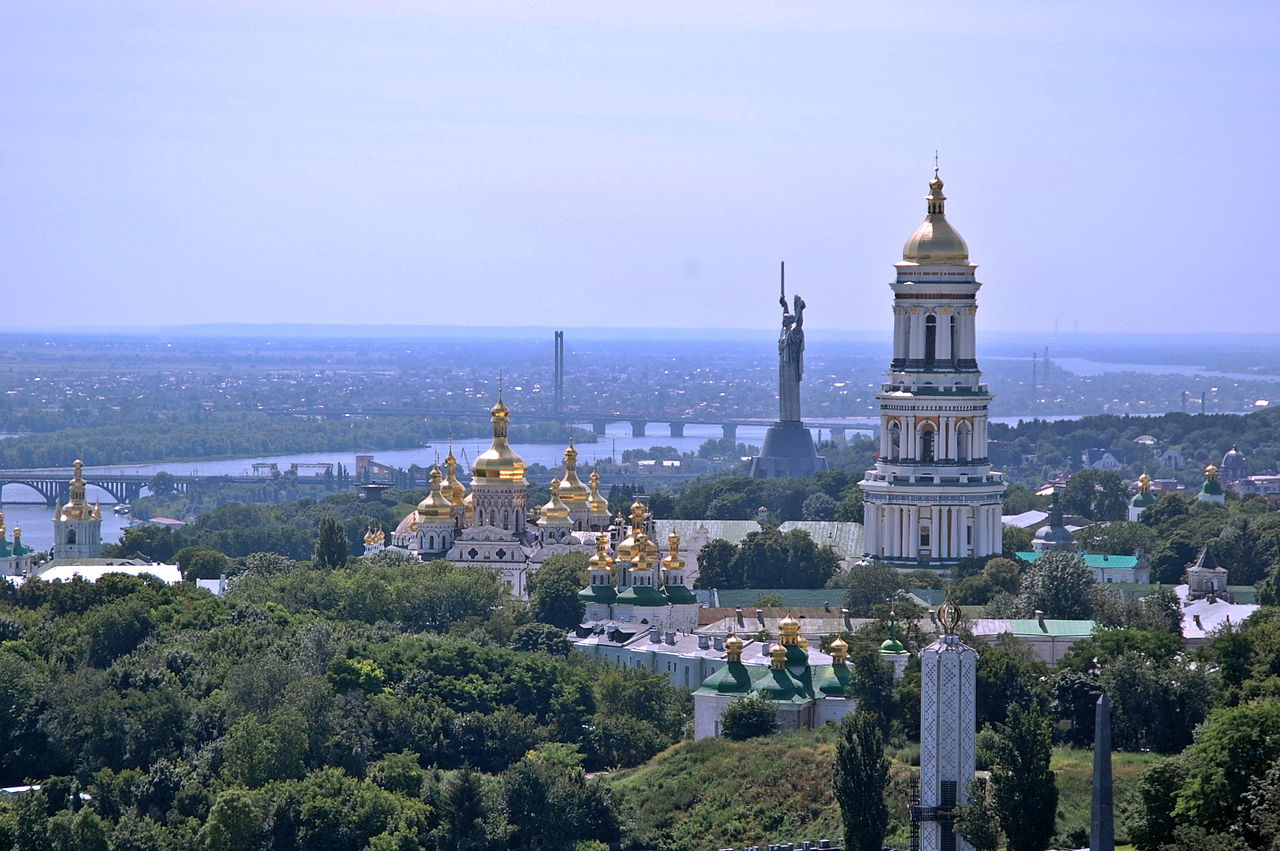Kyiv is likely to remain an unsafe environment for business and travel this year. A Russian missile strike on the capital on 26 June killed at least one person.
This assessment was issued to clients of Dragonfly’s Security Intelligence & Analysis Service (SIAS) on 28 June 2022.
Similar incidents are near-certain to recur sporadically in the coming months and remain the primary safety risk in the capital. But a second Russian ground assault on Kyiv appears unlikely in the coming months, so we are lowering our crisis risk level for the city from severe to high.
Recent conversations with sources in the capital and wider reporting on conditions in Kyiv suggest that exposure to other day-to-day operational risks have reduced to pre-conflict levels or largely stabilised following the early days of the invasion. These include risks such as road safety (high), state agencies (high) and general crime (moderate).
Persistent missile threat
Russia is almost certain to conduct more missile strikes on Kyiv in the coming months. But the frequency of such attacks is far lower than at the beginning of the war, when seizing the capital appeared to be Russia’s main objective. There have been two reported strikes this month, which hit the southeastern Darnytsky and central Shevchenkivskyi districts on 5 and 26 June respectively. But there were no major strikes in May and the frequency of such attacks in April declined as Russia repositioned towards Donbas that month.
There appears to be little discernible, definitive pattern to the timing or targeting of these missile strikes. But this is likely part of a plan by Russia to maintain a sense of persistent threat and vulnerability, of which unpredictability is central. The most probable aim behind this is to deter the return of foreign businesses and investment to the capital. This – along with a blockade of Ukraine’s maritime exports – appears to be part of Russia’s strategy to effectively bankrupt Ukraine.
At least some of these missile strikes on Kyiv also have symbolic value. This is particularly given that Russia’s ground forces appear incapable of advancing on the city in the near term. The 26 June attacks appear to have been timed as the G7 summit in Germany was starting, while another attack on 29 April coincided with the UN secretary general’s visit to Kyiv. There is a reasonable possibility that Russia will launch future strikes on similarly symbolic or important dates and events. This includes Ukrainian counter-offensives, international conferences or future US announcements of new military support to Ukraine.
A low pace of strikes means that Ukraine’s air defence systems appear incapable of intercepting most missiles launched at the capital. Media outlets citing US officials said on 26 June that the US was preparing to send advanced air defence systems to Ukraine. Germany, Norway and Slovakia are among those who have also donated air defence systems in recent months. While they are likely to intercept the vast majority of missiles fired towards the capital, continued successful Russian strikes suggest they are unlikely to eliminate this risk entirely.
Day-to-day security risks easing
We have seen no sign that crime levels have risen since the war began and crime rates appear to be low. This is in contrast to speculation and reporting in Western media outlets about looting and a breakdown in law and order earlier in May. We have not seen any indication this will worsen in the coming months; the security forces there appear to be capable of maintaining law and order and an overnight curfew remains in force. Still, there is likely to be a persistent risk of petty incidents, such as pickpocketing.
Other considerations for businesses will likely include road travel and the authorities’ attitudes towards foreigners. Aside from Russian nationals, foreigners seem to face no different treatment to locals. And road travel appears relatively safe; while the authorities often close roads or areas to conduct disposal missions, we are not aware of any recent cases of unexploded ordnance destroying cars driving about the city centre. But the authorities have warned of ordnance, particularly north-west of the city centre.




